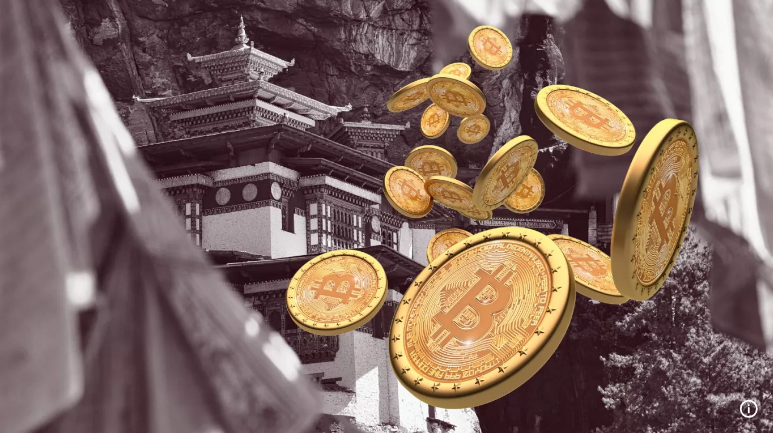
The government of Bhutan pushes hard to open its doors to investors and new industries. He wants more than his famous partition of gross national happiness. He plans to use his own energy and special economic zones to bring jobs home. But many challenges await us.
Bhutan faces brain flight
According to recent figures, around 13,500 BHoutani – 1.6% of the country’s under 800,000 people – were in Australia in 2023. This kind of outing shows that young talents are pursuing larger markets. He leaves Bhutan short of skilled workers at a time when he needs fresh ideas and start -up energy. Geography does not help. Being landlocked between India and China means that the transport of goods and construction infrastructure is more expensive and takes more time.
Hydroelectricity leads new plans
The main export of Bhutan is the electricity of the rivers. He now has 2.5 Hydroelectricity gigawatts and 3 GW under construction. Cheap and clean, this power could supply factories, servers farms or green technology tests. Based on the reports of Druk Holdings and Investments (DHI), the sovereign fund of the country, these sites could allow companies to test pump storage systems or hydrogen production under real conditions. Rapid pilots in Bhutan could then be deployed at the regional level.
Bitcoin mining growth
Based on a makeshift report, Bitcoin Mining is one of the most unusual bets. Bhutan began to operate the crypto in 2019 when a Bitcoin cost just under $ 10,000. As of May 7, 2025, each piece is worth around $ 97,400. According to DHI, the fact of relying on hydroelectricity makes this mine at low carbon and the profits increase the portfolio of $ 3 billion in the fund. But the prices of cryptography swing hard. A large drop could eliminate gains. However, Dhi calls Bitcoin “Digital Gold” and says that it is part of a mixed approach.

Image: Canva
Gelephu mindfulness city
Based on planning documents, Gelephu Mindfulness City will cover around 2,500 square kilometers near the Indian border. This special area aims to connect Bhutan with South and Southeast Asia, offering a space for health clinics, technological startups and green energy companies. It is presented as a place where work and well-being meet. Roads, digital lines and houses must all be built from zero. It will have money and many years before hotels or offices are filled.
The Bhutan GNH index went from 0.743 in 2010 to 0.781 in 2022. During the same range, GDP per person went from $ 2,435 to $ 3,711, although it dived in 2020 during the pandemic. Tourism is still recovered: 145,000 visitors came last year, down 315,599 in 2019 as part of the “high value and low impact” model which leads to arrivals to protect mountain roads and forests.
DHI turns to Temasek de Singapore as an example of governance. Temasek manages around $ 300 billion and has participations in big names like Singapore Airlines. On the other hand, DHI has the actions of 24 Bhoutani companies, including Bhutan Telecom and Bank of Bhutan. The leaders say that size is not the key. What matters is moving quickly, staying thin and transforming green energy growing.
The Bhutan plan is daring. It mixes traditional values with a technology and finance shooting. If young people see real jobs at home, some may stay. If the pilot projects succeed, the small scale could grow. But any misstep in hydroelectricity, crypto or the city of construction is likely to stretch the limited resources of Bhutan. For the moment, investors and citizens will monitor closely.
Felash star image, tradingView graphic

Editorial process Because the bitcoinist is centered on the supply of in -depth, precise and impartial content. We confirm strict supply standards, and each page undergoes a diligent review by our team of high -level technology experts and experienced editors. This process guarantees the integrity, the relevance and the value of our content for our readers.




